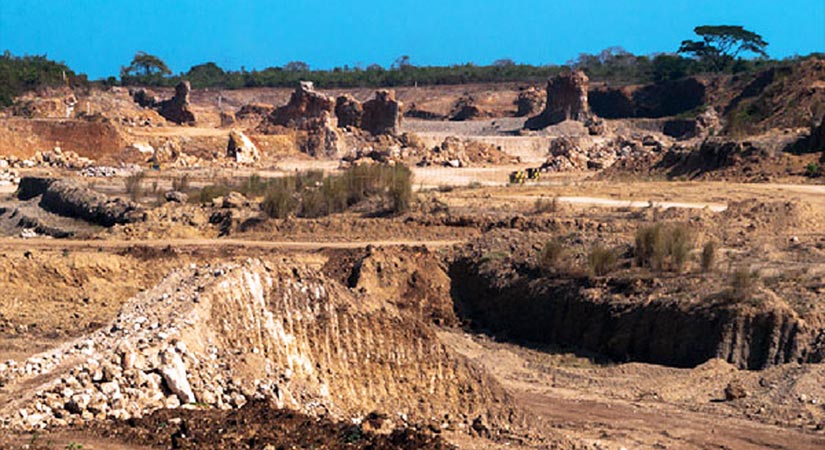Open-pit ban, mining permit freeze seen holding back industry’s GDP contribution
By Revin Mikhael D. Ochave

PHILSTAR
MINING INVESTMENT has been hindered by inappropriate policy, including the freeze on new mineral production sharing agreements and the current ban on open-pit mining, preventing the industry from contributing to the economy, the head of the mining industry association said.
At the 9th Arangkada Philippines Forum Wednesday, Chamber of Mines of the Philippines Chairman Gerard H. Brimo said: “The industry has been stymied by policy problems, resulting in no new investments and therefore no growth.”
Citing 2019 data from the Mines and Geosciences Bureau, Mr. Brimo said the metallic mining industry accounted for 0.6% of gross domestic product (GDP), equivalent to P124.5 billion, and around 6.3% of exports at $4.38 billion.
“For such a highly-mineralized country, the large scale metallic mining sector does not substantially contribute to the national economy,” Mr. Brimo said.
Mr. Brimo said the open-pit mining ban deprives the country of export receipts, tax revenue, and social programs.
“The open-pit mining method is practiced all over the mining world. For most types of near-surface mineral deposits, there is no alternative,” Mr. Brimo said.
Mr. Brimo said the three open-pit mining projects that are on hold include the Tampakan Copper Project of Sagittarius Mines, Inc., the King-King Copper-Gold Project of Nationwide Development Corp. and St. Augustine Gold & Copper Ltd., and the Silangan Copper and Gold Project of Philex Mining Corp.
“The three pending projects, all located in Mindanao, can bring the industry’s contribution to exports to 9% and total contribution to GDP to 1.5%,” Mr. Brimo said.
Separately, Cargill Philippines, Inc. Corporate Affairs Director Christopher A. Ilagan said the agribusiness industry should focus on organic and free-range exports while participating in the e-commerce revolution.
Mr. Ilagan said at the same forum: “Efforts should also be done for improved data collection and analytics to support agricultural production and market systems, while also allowing for a more effective targeting of government support programs in the agriculture sector.”
Source: Business World

